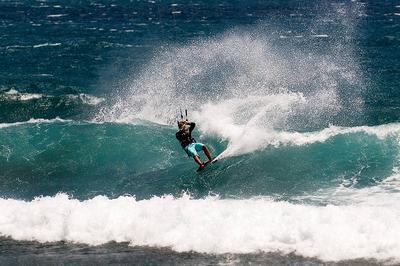 Kite Surfing – Safety Rules
Kite Surfing – Safety RulesEvery sport has two sides. It gives fun and also proves dangerous sometimes if you don’t take required safety measures. One must be very careful and be aware of safety measures for extreme water sports like kitesurfing. Because of wind gusts, strong forces will be generated enough to carry away people and dash them against water, terrains, and buildings. Most fatalities are due to such hazards caused by power kites. Jumping at inappropriate places and collisions with other surfers are other hazards. Usually at 50km/h surfer gets tired and carried away from shore where it is difficult for an easy swim. Other dangers are from sharks, jellyfishes, and crocodiles.
Safety Rules to be Followed
Height of the Kite: To avoid collisions, kiter who is nearer to the wind or who is above other kiters must keep the kite high enough to avoid collision with the liners of other kiters. Similarly, those who are at a lower height should manage their kite high to be safe.
Clearance Distance Range: A kiter must have 30m clearance during upwind and 50m clearance during downwind. Sailing rules also applicable for kite surfing.
Sailing Rule 12 or Starboard Rule: The kiter who has the wind on the right side, right leg, or arm leading in direction of travel (starboard) has the right of way when coming in opposite directions. The kiter who has the wind on the port side should give the way.
Along with these, other sailing rules must be followed to avoid hazards.
 Kite Surfing – Safety Rules
Kite Surfing – Safety Rules




















